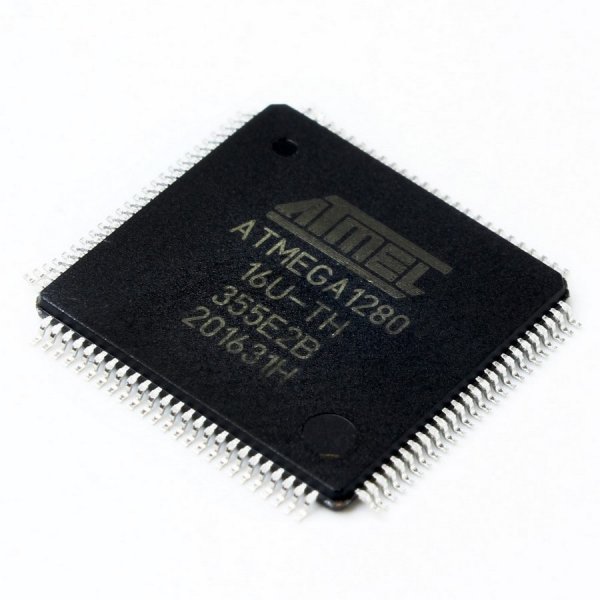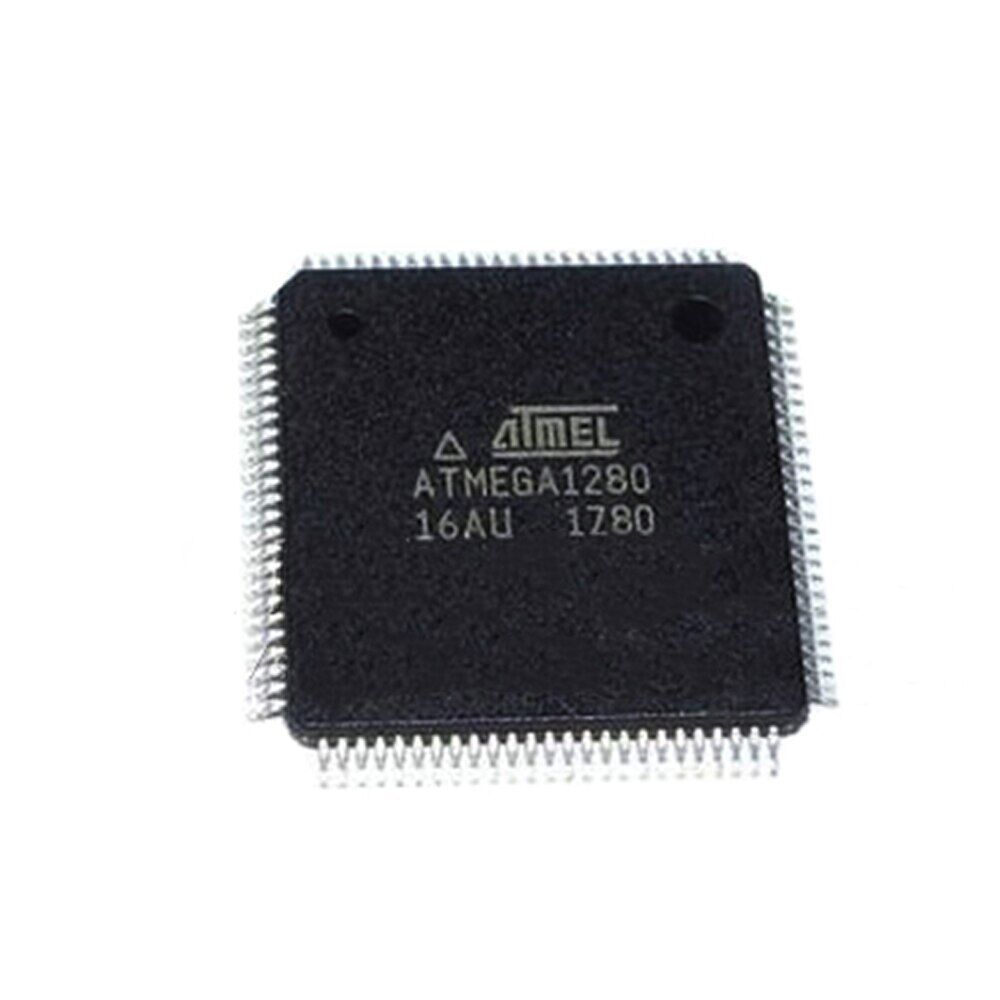Unlock Microchip ATMEGA1280 MCU Flash Heximal
Unlock Microchip ATMEGA1280 MCU Flash Heximal needs break atmega1280 microcontroller tamper resistance system and fuse bit and then read out atmega1280 microprocessor flash memory program and eeprom memory data;

Port E is an 8-bit bi-directional I/O port with internal pull-up resistors (selected for each bit). The Port E output buf- fers have symmetrical drive characteristics with both high sink and source capability. As inputs when decoding avr microcontroller chip memory atmega1280, Port E pins that are externally pulled low will source current if the pull-up resistors are activated. The Port E pins are tri-stated when a reset condition becomes active, even if the clock is not running.
Port F serves as analog inputs to the A/D Converter.
Port F also serves as an 8-bit bi-directional I/O port, if the A/D Converter is not used. Port pins can provide internal pull-up resistors (selected for each bit). The Port F output buffers have symmetrical drive characteristics with both high sink and source capability. As inputs, Port F pins that are externally pulled low will source current if the pull-up resistors are activated.

The Port F pins are tri-stated when a reset condition becomes active, even if the clock is not running. If the JTAG interface is enabled, the pull-up resistors on pins PF7(TDI), PF5(TMS), and PF4(TCK) will be activated even if a reset occurs.
Port F also serves the functions of the JTAG interface.
Port G is a 6-bit I/O port with internal pull-up resistors (selected for each bit). The Port G output buffers have sym- metrical drive characteristics with both high sink and source capability in order to cracking mcu atmega1280 flash memory and eeprom memory. As inputs, Port G pins that are externally pulled low will source current if the pull-up resistors are activated. The Port G pins are tri-stated when a reset con- dition becomes active, even if the clock is not running.

Tags: восстановить Microchip ATMEGA1280 MCU Flash Heximal,восстановить микрочип ATMEGA1280 MCU Flash Heximal,открытый Microchip ATMEGA1280 MCU Flash Heximal,переделка микрочипа ATMEGA1280 MCU Flash Heximal

